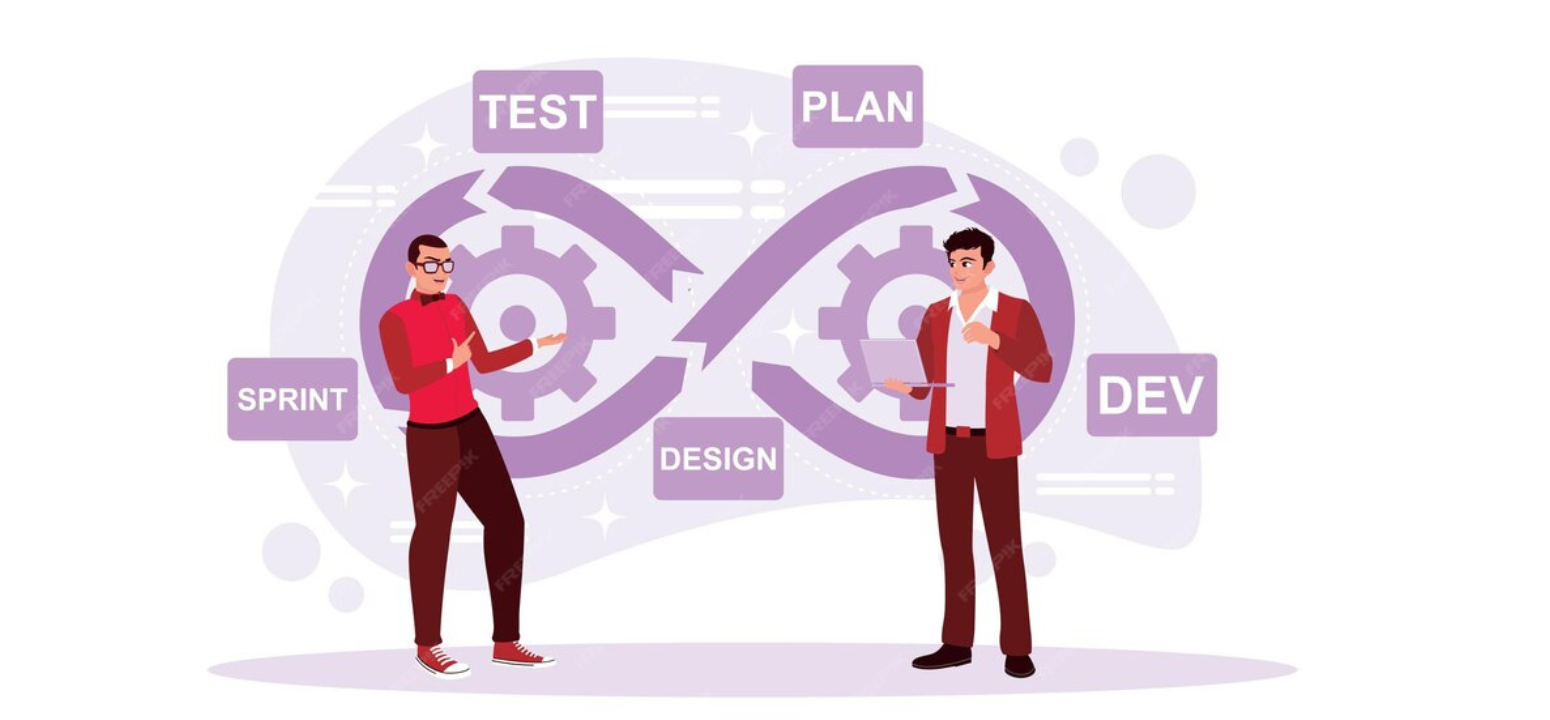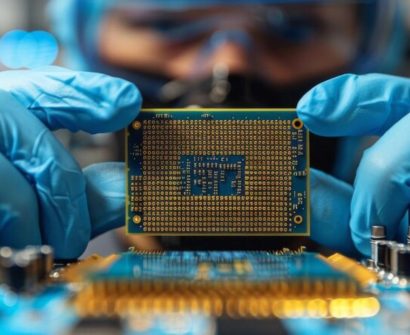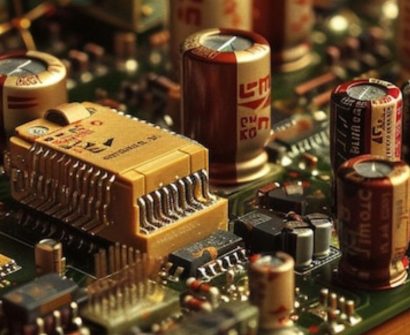Understanding (Built-In Self-Test) BIST in VLSI: Advantages and Implementation

In the realm of Very Large Scale Integration (VLSI), the pursuit of flawless functionality and robustness is paramount. As the complexity of integrated circuits (ICs) continues to escalate, so does the need for efficient testing methodologies. Among these methodologies, Built-In Self-Test (BIST) stands out as a powerful technique for ensuring the reliability and quality of VLSI designs. In this blog post, we delve into the intricacies of BIST, exploring its advantages and implementation strategies.
What is Built-In Self-Test (BIST)?
Built-In Self-Test, BIST in VLSI as the name suggests, involves embedding test circuitry within the VLSI chip itself. This test circuitry is designed to autonomously generate and apply test patterns, execute tests, and analyze results, all without the need for external test equipment. Essentially, BIST allows the chip to test itself, significantly reducing the reliance on external test resources during manufacturing, production testing, and even during the operational life of the device.
Advantages of BIST in VLSI:
- Cost Efficiency: By eliminating the need for external test equipment and reducing testing time, BIST contributes to significant cost savings in both manufacturing and testing phases.
- Increased Test Coverage: BIST facilitates comprehensive testing of the chip’s functionality, enabling higher test coverage compared to traditional testing approaches.
- Improved Reliability: With the ability to perform self-testing at regular intervals or upon system initialization, BIST enhances the reliability of VLSI systems by detecting faults early and ensuring timely maintenance.
- Enhanced Debugging: BIST provides valuable diagnostic information, aiding in the identification and localization of faults within the chip, which simplifies the debugging process.
- Scalability: BIST is highly scalable and adaptable to various VLSI designs, making it suitable for a wide range of applications from simple to complex integrated circuits.
Implementation of BIST:
Implementing BIST involves several key components and design considerations:
- Test Pattern Generator (TPG): The TPG generates a set of test patterns to stimulate the chip under test. These patterns are designed to detect faults and verify the functionality of different circuit blocks within the chip.
- Test Response Analyzer (TRA): The TRA compares the output responses of the chip under test with the expected responses generated by the test patterns. Any discrepancies indicate potential faults or errors in the circuit.
- Control Logic: The control logic orchestrates the operation of the BIST circuitry, including the generation, application, and analysis of test patterns. It also manages the overall testing process, including initialization and result reporting.
- Built-In Test Registers (BISTRs): BISTRs store test patterns, test results, and other relevant information during the testing process. These registers are essential for configuring the BIST circuitry and capturing test data.
- Test Mode Control: BIST typically operates in two modes: normal operation mode and test mode. Test mode is activated when testing is required, allowing the BIST circuitry to take control of the chip and perform self-testing operations.
Conclusion:
Built-In Self-Test (BIST) represents a crucial advancement in VLSI testing methodology, offering numerous benefits in terms of cost efficiency, test coverage, reliability, and scalability. By integrating test circuitry directly into the chip design, BIST enables autonomous and comprehensive testing, ensuring the quality and reliability of VLSI systems across various applications. As the complexity of VLSI designs continues to grow, BIST remains a cornerstone in the quest for fault-tolerant and robust integrated circuits.
Also Read: A Walkthrough VLSI Physical Design Engineer Salary In India.
To know more about VLSI Course , SuccessBridge VLSI training institute. You can begin your VLSI career by enrolling in the placement-assisted live courses available at SuccessBridge We offer various VLSI online courses. We offer VLSI Physical Design course, Design Verification course, DFT Training,Chip design course many more. Explore VLSI Courses From The Leaders In VLSI Training






